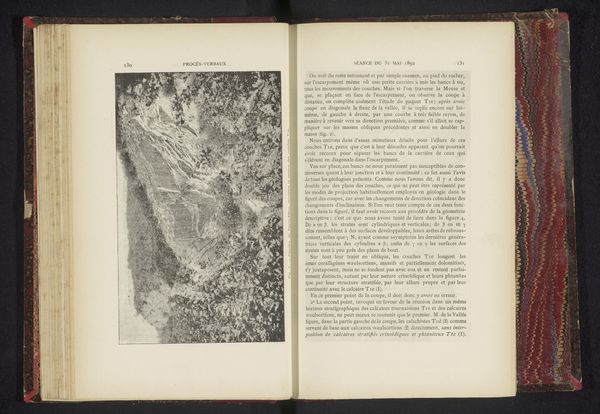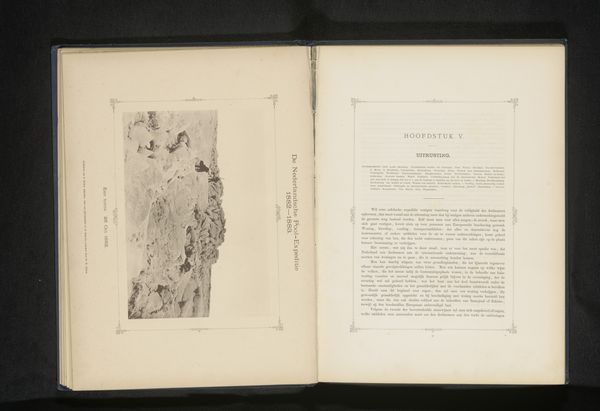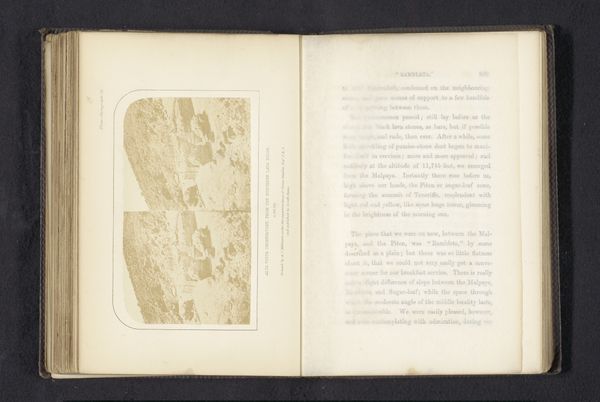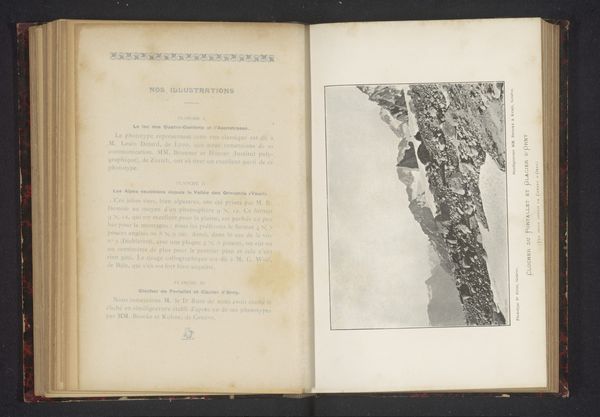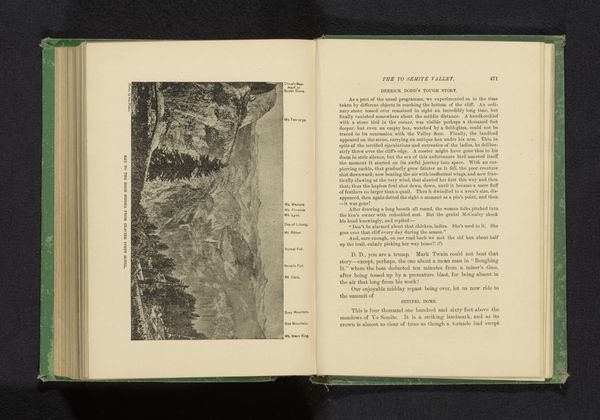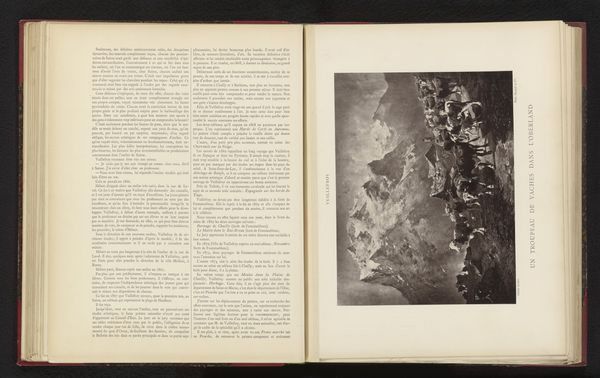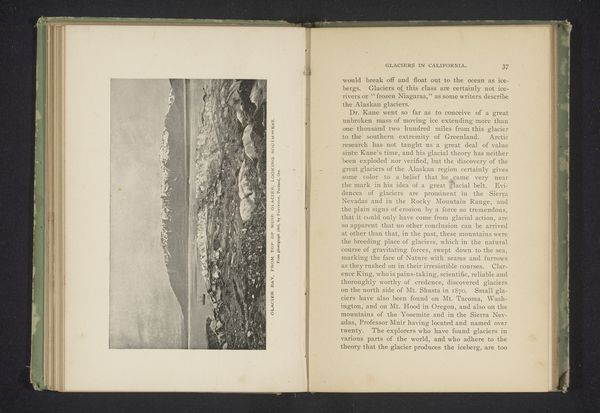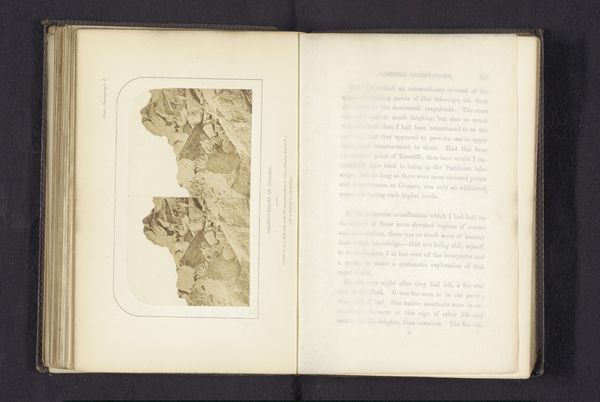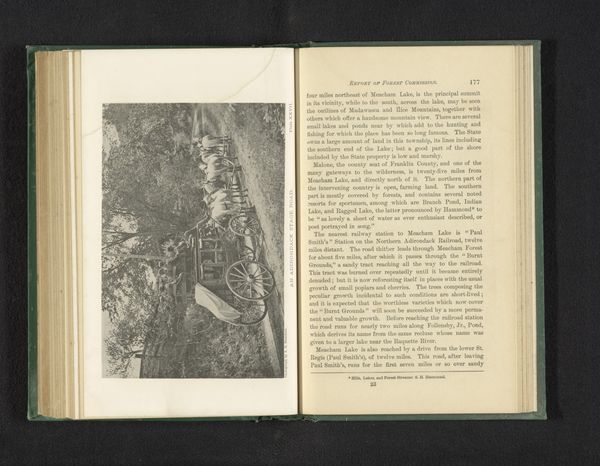
photography, gelatin-silver-print
#
aged paper
#
still-life-photography
#
homemade paper
#
paperlike
#
sketch book
#
hardpaper
#
landscape
#
photography
#
personal sketchbook
#
journal
#
fading type
#
gelatin-silver-print
#
thick font
#
sketchbook art
#
realism
Dimensions: height 162 mm, width 225 mm
Copyright: Rijks Museum: Open Domain
This photograph, titled 'Menselijk skelet in de grotten van Baoussé-Roussé', was taken by Anfossi and Radiguet, using a process that was still relatively novel at the time. The photograph’s sepia tones are a direct result of the chemical processes used in early photography, a world away from our digital imaging today. Consider the labor involved; from the careful preparation of the photographic plates to the delicate development process. Photography in this era was a blend of art and science, requiring a high degree of technical skill. The very act of capturing this image speaks to broader social and intellectual currents. It reflects the rise of scientific inquiry, particularly in fields like archaeology and anthropology. Photography provided a seemingly objective means of documenting discoveries, lending an air of authority to the emerging human sciences. By focusing on the materials and processes involved in creating this photograph, we gain insight into the cultural values and scientific ambitions of the time. It reminds us that even seemingly straightforward images are the product of specific techniques, tools, and social contexts.
Comments
No comments
Be the first to comment and join the conversation on the ultimate creative platform.
